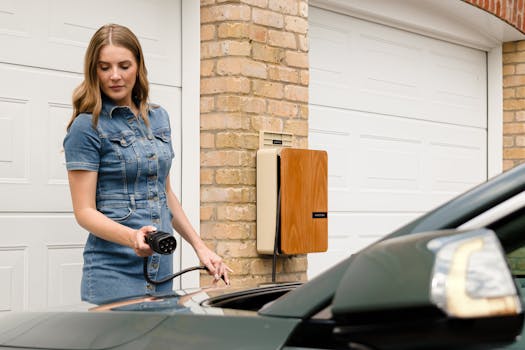
Smart Homes and Smart Living: The Technological Transformation of European Homes by 2025
Smart Homes and Smart Living is revolutionizing the way we live in European homes. The integration of technology into our daily lives is becoming more prevalent, and by 2025, it’s expected that most homes will be equipped with smart devices and systems. This transformation is not only changing the way we interact with our living spaces but also enhancing our overall quality of life.
Introduction to Smart Homes
A smart home is a residence that has been equipped with advanced technology to make it more comfortable, convenient, and sustainable. This technology can include things like voice assistants, smart thermostats, and automated lighting systems. The goal of a smart home is to create a living space that is tailored to the individual needs and preferences of its occupants.
The Benefits of Smart Homes
There are many benefits to living in a smart home. Some of the most significant advantages include:
- Enhanced comfort: Smart homes can be programmed to adjust the temperature, lighting, and entertainment systems to create a comfortable and relaxing environment.
- Increased convenience: With smart devices, homeowners can control their living space remotely, making it easier to manage their time and daily tasks.
- Improved sustainability: Smart homes can be designed to be more energy-efficient, reducing waste and minimizing the carbon footprint of the household.
The Technological Transformation of European Homes
By 2025, the majority of European homes are expected to be equipped with smart technology. This transformation is being driven by advances in fields like artificial intelligence, the Internet of Things (IoT), and 5G networks. As a result, homes will become more connected, efficient, and responsive to the needs of their occupants.
Examples of Smart Home Technology
Some examples of smart home technology that are becoming increasingly popular include:
- Smart thermostats: These devices can learn the temperature preferences of the occupants and adjust the heating and cooling systems accordingly.
- Automated lighting systems: These systems can be programmed to turn lights on and off, adjust brightness and color, and even simulate the presence of occupants when the house is empty.
- Voice assistants: Devices like Amazon Alexa and Google Home are becoming increasingly popular, allowing homeowners to control their living space with voice commands.
The Future of Smart Homes
As technology continues to evolve, we can expect to see even more innovative solutions for smart homes. Some potential developments on the horizon include:
- Increased use of artificial intelligence: AI will play a larger role in smart homes, enabling devices to learn and adapt to the habits and preferences of occupants.
- Integration with wearable devices: Smart homes will become more integrated with wearable devices, allowing for seamless interaction between the home and the individual.
- Expansion of the IoT: The IoT will continue to grow, connecting more devices and systems within the home and creating a more cohesive and responsive living environment.






